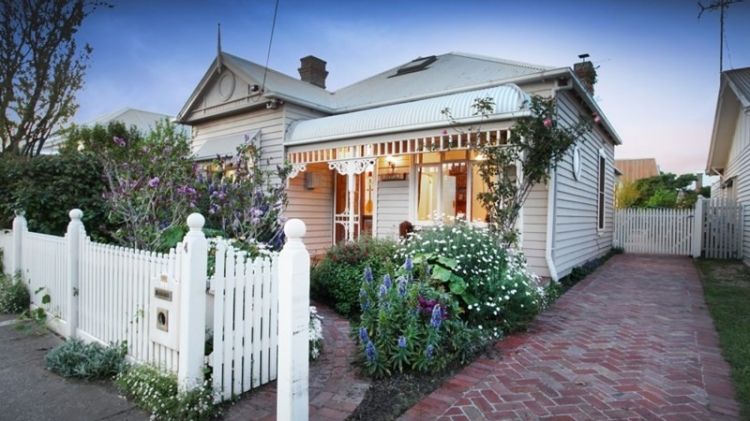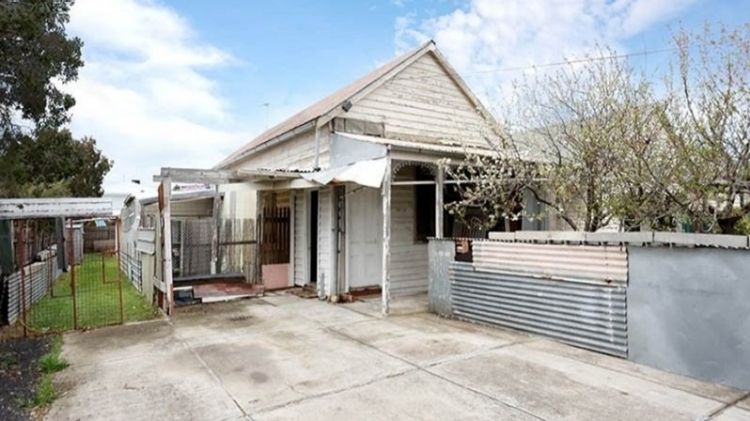Suburbs once seen as industrial and working class are steadily slipping out of reach of the very buyers who would have once deemed them affordable.
It now costs more than $1 million to buy a house in the heavily-industrial suburb of Clayton, 19 kilometres from Melbourne’s CBD. In 2006, it cost $345,000 — that’s almost tripled in 10 years.
It’s a similar story in Narre Warren North: buyers who needed $375,000 a decade ago now need closer to $998,000.
Once-affordable western suburbs West Footscray and Keilor Downs have been named two of the fastest-growing in Melbourne in terms of house prices, while it costs almost 25 per cent more to buy a unit in rough-reputation Noble Park than it did a year ago.
The latest suburb data comes as wage growth stagnates at record lows, meaning workers saving for a house deposit are watching prices rise in once-affordable suburbs while their pay packet lags behind.
Political debate again returned to how young people can afford to get into the housing market this week, as Melburnians continue to spread out across the city in search of affordability.

A four-bedroom home on Rupert Street in West Footscray sold for $1.3 million just before Christmas last year. Photo: Jas Stephens
House prices in West Footscray have soared 29 per cent in the past 12 months, the December quarter house price report from the Domain Group shows.
Ten years ago, buyers could get into the industrial pocket for less than $300,000. Today they’d need about $850,000 — although renovated houses in the gentrified ‘We-Fo’ regularly go for more than $1 million. Last month, a 530 square-metre knockdown site sold for $1,061,000.
The once-industrial but now long-gentrified inner suburbs Brunswick and Collingwood are also slated to soon slip into seven-figure territory this year. Prices sat around $400,000 in both suburbs in 2006.
Even in the last 12 months, median prices in Keilor Downs, 17 kilometres north-west of the city, have risen 19.4 per cent — meaning the buyers who needed $500,000 for a house this time last year now need almost $600,000.
Units in Noble Park, 25 kilometres south-east of the CBD, are about $76,000 more expensive than they were one year previous, with medians rising 23.9 per cent to $394,000.
The new entrants into Melbourne’s million dollar club this quarter included Ascot Vale, North Warrandyte, Blackburn North and Clayton.

A site advertised for its development potential sold for $1,245,500 in Prince Charles Street, Clayton, at auction in December. Photo: Ray White
Clayton has become a major target for developers, thanks to its larger blocks and its university and medical precincts. Buyers priced out of Oakleigh and Huntingdale have also been pushed down the Pakenham and Cranbourne train line, which is set to benefit from the state government’s level crossing removals.
The suburbs where house prices actually dropped in the past 12 months were generally those that had already undergone considerable growth, such as blue-chip postcodes Hawthorn East, Toorak and Kew.
Prices for units also dropped 12.5 per cent in Glen Huntly, where there has been considerable apartment development.
This article was originally published by Kirsten Robb 27 Jan 2017 via domain.com.au
